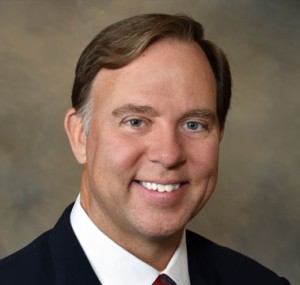- Video Library
- Ted Bird Presents Dymicron at LSI USA ‘23
Ted Bird Presents Dymicron at LSI USA ‘23

Ted Bird
Ted Bird has over 35 years of global commercial experience in the medical device arena, including 30 years in the spine industry specifically. He led global marketing, medical education, and business development at Medtronic Sofamor Danek, served as VP of Spine Arthroplasty Education at Depuy Spine/Johnson & Johnson, President of Orthofix Spinal Implants Division, and Chairman of the Board at Apifix. Additionally, he served as Chief Operating Officer at the Zucker Institute for Applied Neurosciences at the Medical University of South Carolina, Chief Commercial Officer at Titan Spine and founded Bird Medical Group, a strategic management consulting firm. He graduated from Brown University with bachelor’s degrees in International Relations and Political Science.
Ted Bird
Ted Bird has over 35 years of global commercial experience in the medical device arena, including 30 years in the spine industry specifically. He led global marketing, medical education, and business development at Medtronic Sofamor Danek, served as VP of Spine Arthroplasty Education at Depuy Spine/Johnson & Johnson, President of Orthofix Spinal Implants Division, and Chairman of the Board at Apifix. Additionally, he served as Chief Operating Officer at the Zucker Institute for Applied Neurosciences at the Medical University of South Carolina, Chief Commercial Officer at Titan Spine and founded Bird Medical Group, a strategic management consulting firm. He graduated from Brown University with bachelor’s degrees in International Relations and Political Science.

17011 Beach Blvd, Suite 500 Huntington Beach, CA 92647
714-847-3540© 2025 Life Science Intelligence, Inc., All Rights Reserved. | Privacy Policy







